Today, the market offers a variety of fabrics of different structures, colors and shapes. Each type of material, such as satin, tulle, silk, cotton, has its own purpose.
It can be used for sewing clothes, interior decoration, in everyday life, etc. This article discusses quilted fabric, which is most often used to sew blankets, pillows, mattresses, and bed linen.
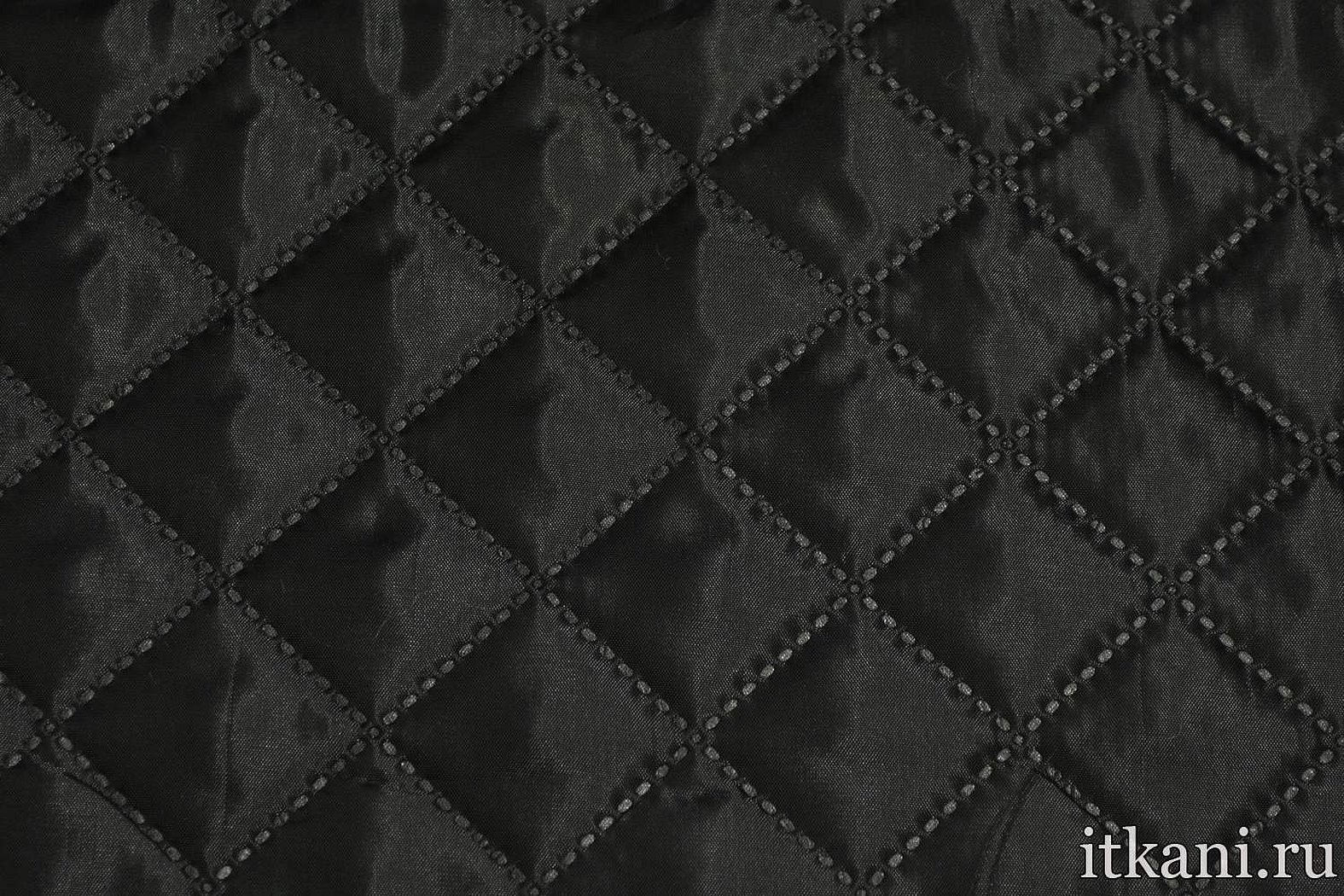
What is quilted fabric
Many housewives often wonder what quilted fabrics are? This material consists of several (usually three) layers: two outer layers and a filler between them. All layers are fastened together throughout the entire surface of the fabric.
On synthetic padding
The filler usually used is bulky fiber, such as synthetic padding, cotton wool or batting, bamboo fibers, thermal membrane or other materials, depending on the required properties of the material.
There may be more than one internal layer, for example, synthetic padding can be supplemented with a layer of down, artificial or natural fur, a thermal membrane or moisture-wicking fabric.
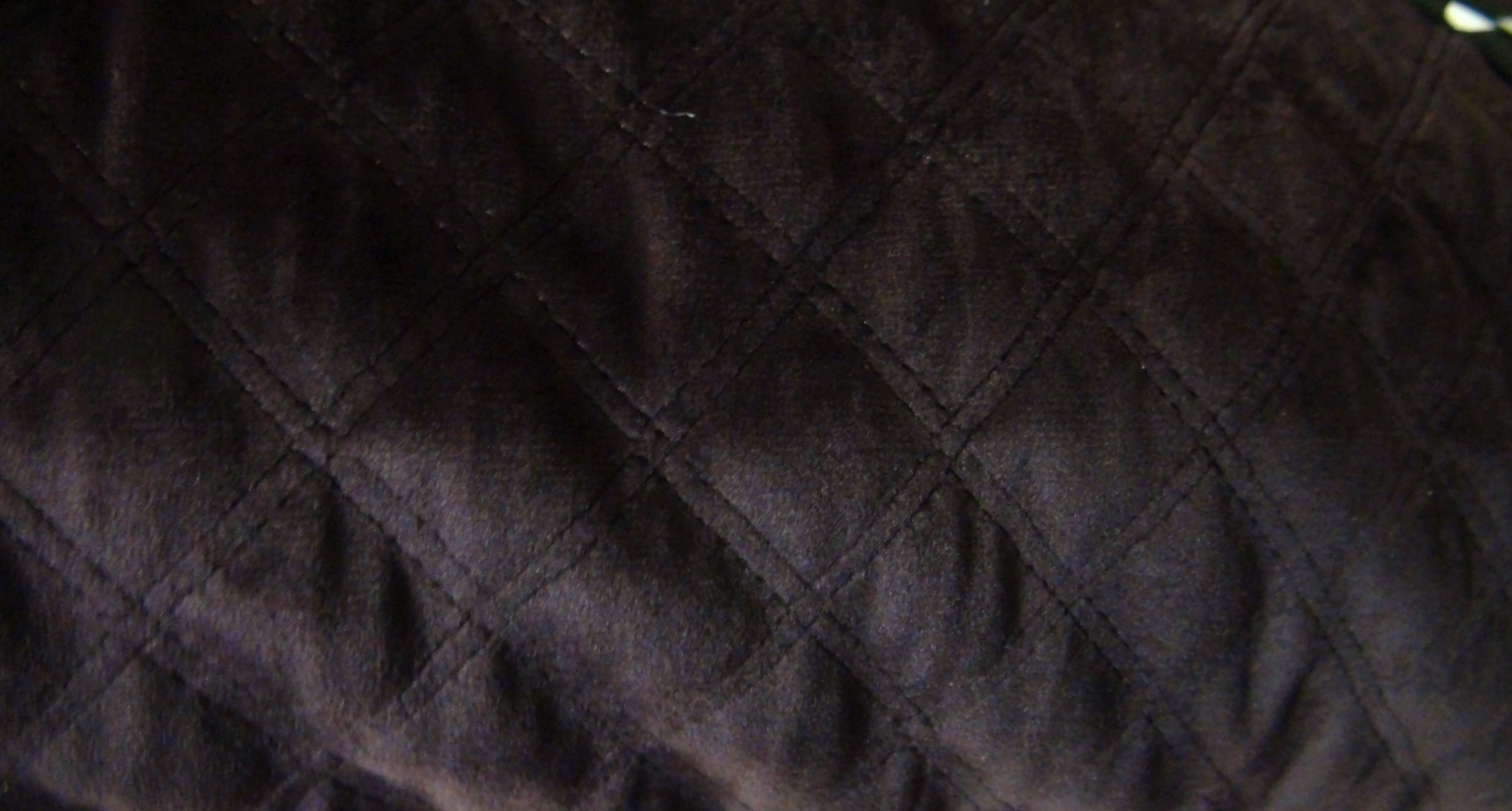
However, most often one layer of filler is used. Therefore, quilted fabric made on synthetic padding turns out to be quite soft.
History of the origin of fabric
It is believed that quilted material first appeared in ancient China, where it was used to sew silk kimonos or capes. Like other innovations, quilted material spread to neighboring countries and then reached Europe.
During the Crusades, knights used quilted clothing to protect their bodies from the cold, as well as the weight and rigidity of their armor.
Please note! Polycotton ceases to be exclusively utilitarian. Each stitch on the padding polyester takes on the character of decoration, is made with contrasting threads, decorated with cords.

Quilted sintepon was produced in the form of light, warm blankets. Multi-colored pieces of material collected into one piece were quilted by hand, cotton fibers, wool and even dried grass were placed inside the blankets. This fabric was actively used for sewing clothes and household items. It turns out to be an excellent quilted jacket, a cape for horses, a bedspread, a cover for furniture.
Characteristics and properties of quilted materials
Ultrastep is a method of obtaining quilted materials without using threads, the connection of fabrics is carried out using ultrasound. Just as all copying and duplicating machines were once called xeroxes by the trademark of the company that produced them, so ultrastep got its name in Russia, which a little more than ten years ago became a pioneer in the production of new fabrics.

Finding out what is good about quilted ultrastep, you need to know what it is made of. Ultrastep technology, or thermostitching, involves the effect of ultrasound on textile fibers. A mandatory condition for its use is the presence of synthetic threads, the share of which should be at least 30%. Under the influence of ultrasound, they melt, and then are securely fastened to each other. The advantages of this method of joining are the absence of punctures in the fabrics, as a result of which:
- the insulation fibers do not shift and do not penetrate into the resulting holes;
- the integrity of matter is not violated;
- The quilted product retains its appearance even after repeated washing.

The main areas of application of materials quilted using ultrasound are:
- blankets, mattresses, pillows;
- decorative bedspreads, blankets, children's "envelopes";
- warm clothes and hats;
- bags and other accessories;
- furniture upholstery.
Ultrastep consists of three layers, which are selected depending on the purpose of the products. For bedding, microfiber, polycotton, satin or satin are used for the top, and polyester fibers, fiber, shervizin, polyester-based "swan's down" are used as a filler. In decorative textiles, the top layer can be satin, satin, jacquard, tergalet and other elegant fabrics.

As for quilted fabric for outerwear, synthetic jacket material is usually chosen for the outer covering, and fleece, artificial silk, microfiber are used as a lining. A lining is also required, which most often consists of synthetic padding, wool padding, thinsulate, ecofiber. Durable and comfortable clothing is sewn from them.
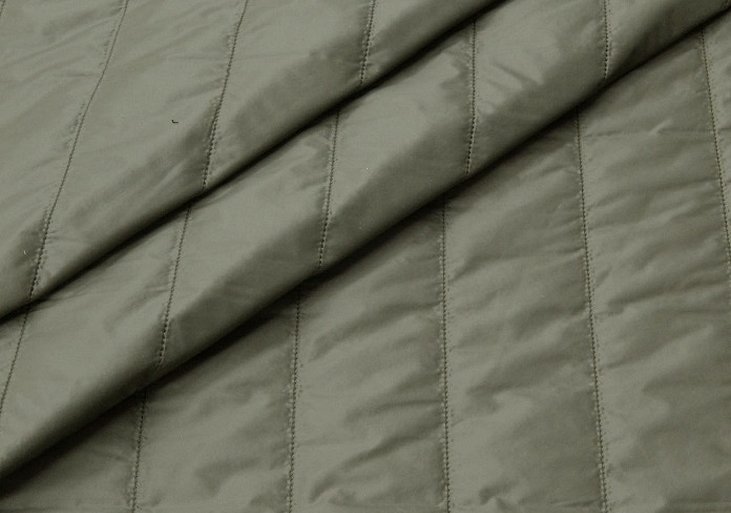
Today, there are several methods of industrial production of quilted fabric. Depending on the quilting method, the following types can be distinguished:
- Quilting fabric with threads. This is a classic, familiar type of quilting. It is done with threads that stitch through all layers of the material and form a pattern on the fabric;
- Ultrasonic stitching. A modern type of stitching, in which layers are joined using ultrasound. The seams are very strong, and with this method of production there is no need for threads, shuttles, needles and other sewing attributes;
- Thermostitching or quilting with high temperatures. Layers of material are compressed in special presses with raised patterns heated to high temperatures, which melt the fabric fibers and weld them together. This quilting method is only suitable for synthetic materials.
Important! Today, the use of quilted fabric is very wide. It is used to sew sports and casual outerwear: jackets, coats, parkas, vests, overalls and trousers. Quilted fabric has even entered high fashion - designers offer quilted skirts, dresses and jackets. A more common use of quilted fabric is in the production of bedspreads and blankets.
Operation and maintenance of products
Products made using the thermal stitching method are practical and reliable. However, to maintain their beautiful appearance, they need to be washed very carefully at a low temperature. You need to choose a gentle mode, as well as neutral detergents.
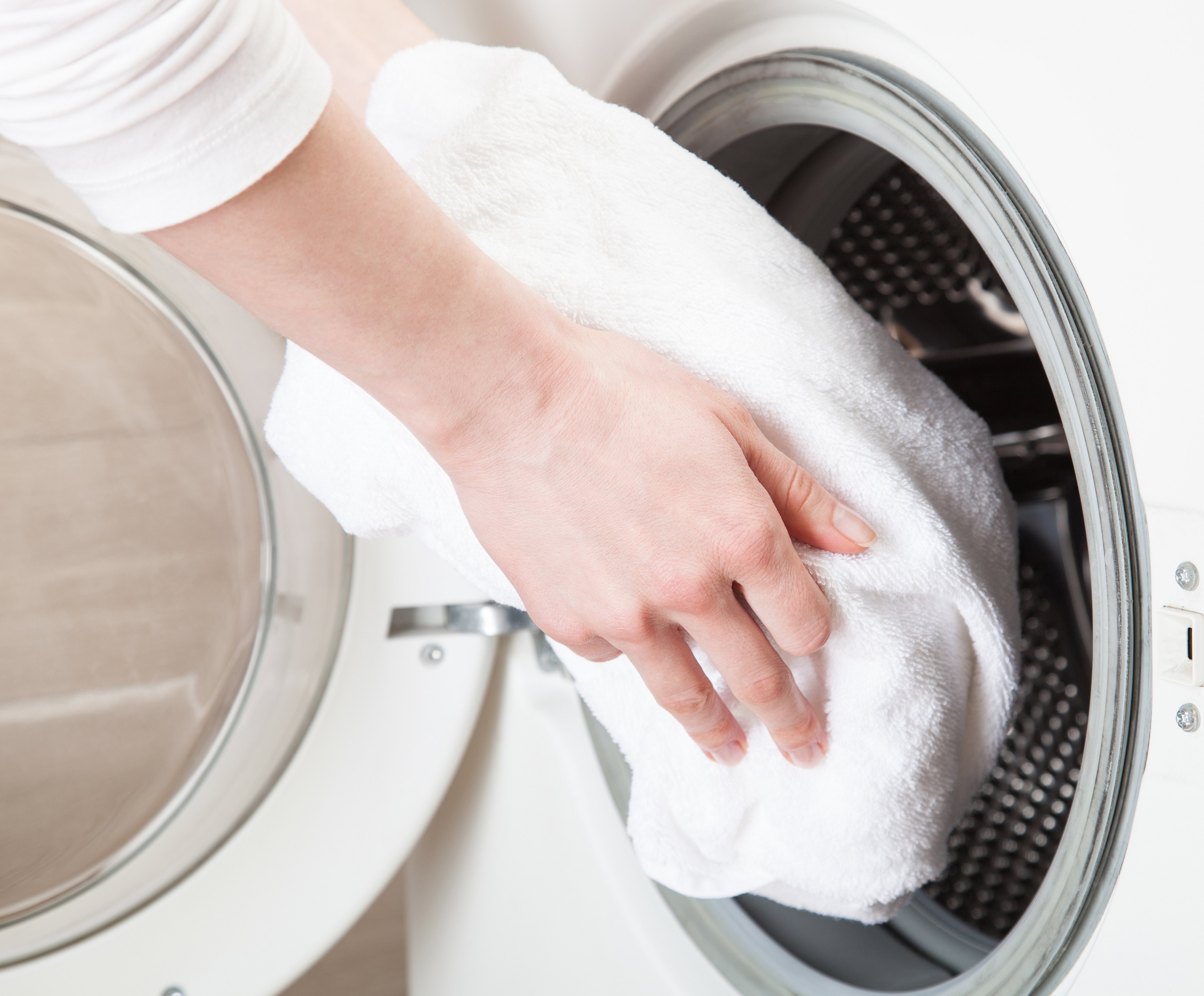
Please note! Spinning is done at low speeds, and drying is done away from heat sources and with a good air flow.
Inexpensive calico or poplin, wear-resistant, durable fabrics, are used to produce quilted bedspreads. Products with ultra-step with stitches are especially popular.

How to make a stitch yourself
To create a quilted fabric, you need three components: the face fabric, the bulky interfacing layer, and the lining.
Quilted fabric is most often used for sewing vests, jackets, coats, trousers. Clothes for autumn and winter have increased requirements for heat retention during use of the product. The lining layer is responsible for this parameter.
Lining materials, also called insulation, come in different thicknesses and densities. They are also used to add volume to the fabric. Most lining materials cannot be ironed, as they may shrink. When choosing a fabric for the top, keep in mind that dense and heavy materials will crush the lining layer. If the main goal is to create a quilted fabric with a volume effect, then you need to choose thin raincoat and jacket fabrics.
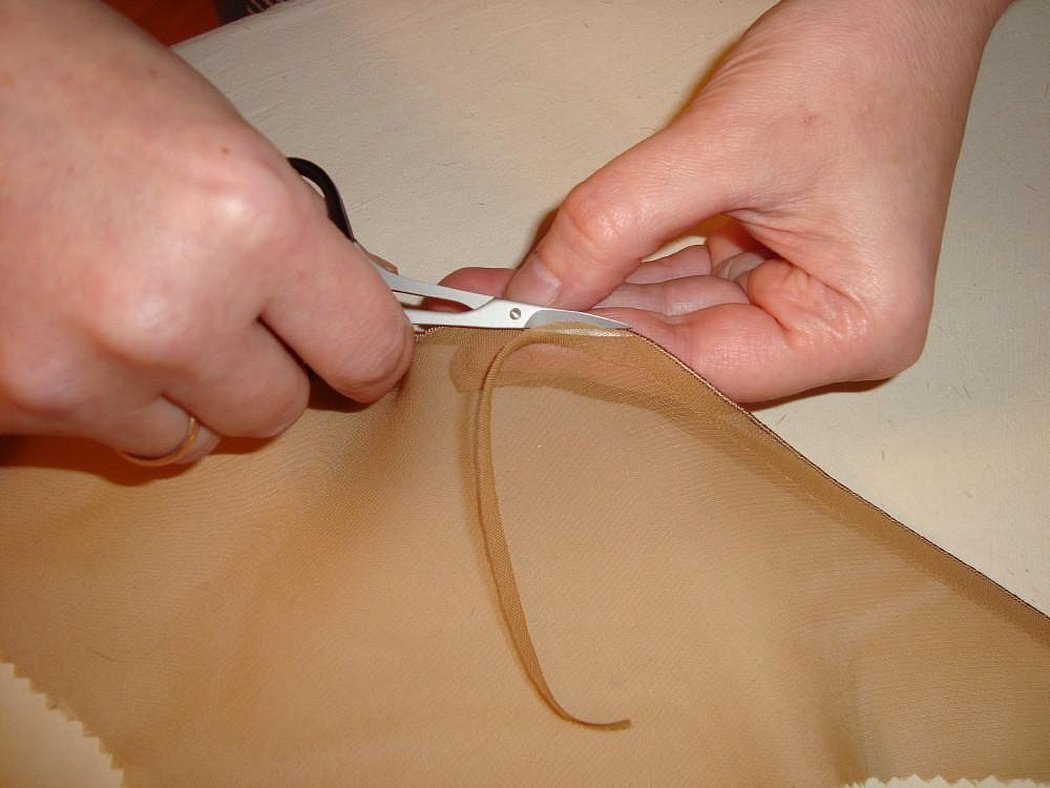
Important! Some fabrics have a waterproof coating and this should be taken into account when choosing a needle. For sewing raincoats with coatings, a Microtex needle is used.
The bottom layer in quilted fabric is the lining. Since this layer is in contact with the body, when choosing a lining material, you should give preference to non-electrifying fabrics, such as viscose. By the way, it is often used for these purposes. Viscose is hygroscopic, affordable and is widely available in stores.
The use of a bottom layer is mandatory if you are creating a quilted fabric using pile insulation (synthetic padding, holofiber). The lining will cover the pile or threads of the insulation when sewing.
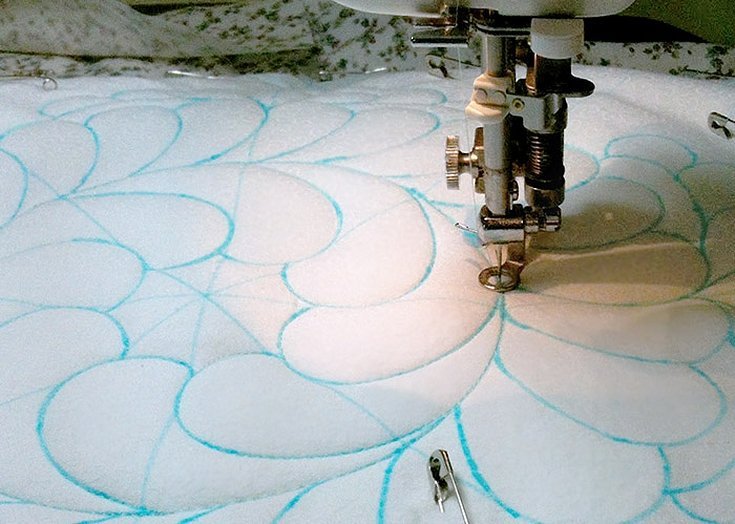
First, you need to sew the first line in the center of the piece. Then, the fabric needs to be moved under the foot to the distance of the second line of stitching.
If many lines are applied, then you need to take into account that the drawn strip and the stitching will most likely not match. This happens because when stitching, the detail is slightly reduced in size, as the lining layer is pressed down. When sewing, you need to focus on the guide on the foot, and not the drawn lines.
If you choose a wide arrangement of lines for quilting, then you will have to slightly stretch the material in different directions. It is recommended to sew from the central line, laying parallel lines.
The use of the quilting foot is not limited to straight stitching; you can use overcast, decorative and other stitches, no more than 7 mm wide.
Important! It is not possible to use stitches that are performed with the lateral material feed function!
When choosing a decorative stitch for finishing, you need to position the guide, focusing on its edge, and not the center of the stitch.
When choosing a quality product, you need to look at the features and properties of the material. A bedspread, blanket, bed linen made from this fabric will be an excellent purchase for the whole family.




